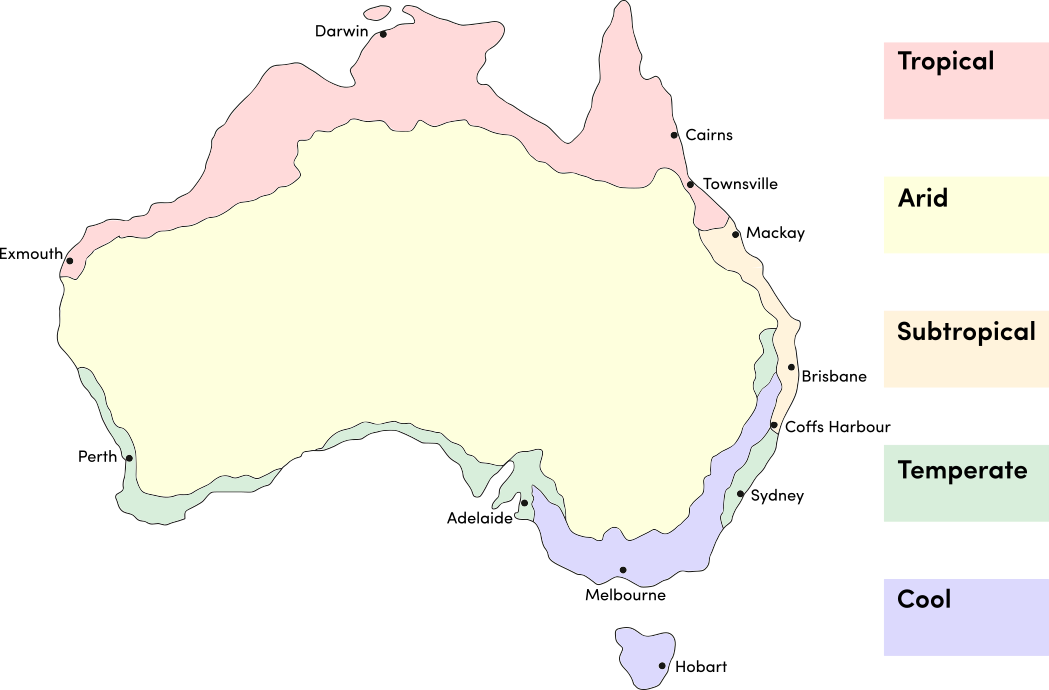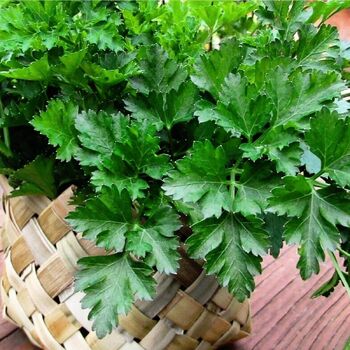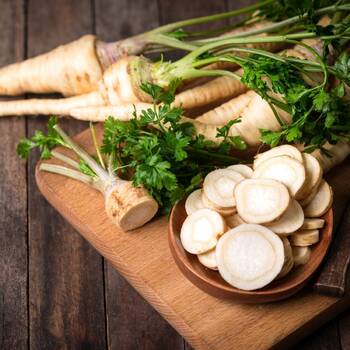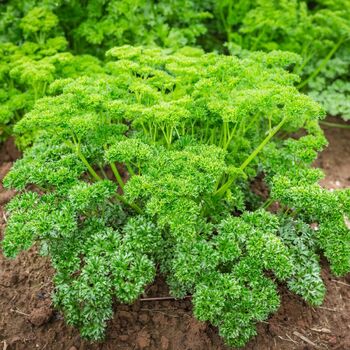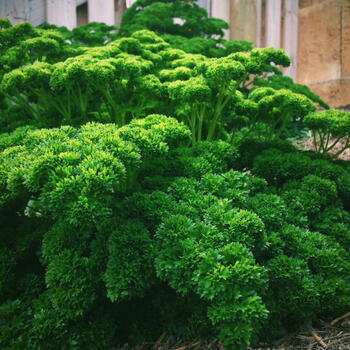Parsley Seeds_
Guides
-
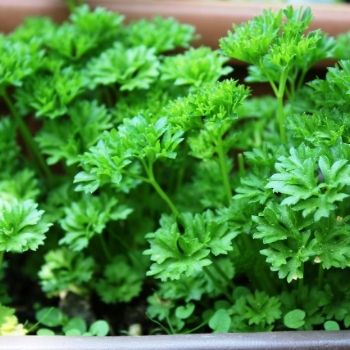
How to Grow Parsley Seeds
A comprehensive guide on how to grow Parsley Seeds; including soil preparation and position, when and how to sow, when and how to harvest and common pests and diseases. View guide.
-

How to Grow Root Parsley Seeds
A comprehensive guide on how to grow Root Parsley seeds; including soil preparation and position, when and how to sow, when and how to harvest and common pests and diseases. View guide.
-
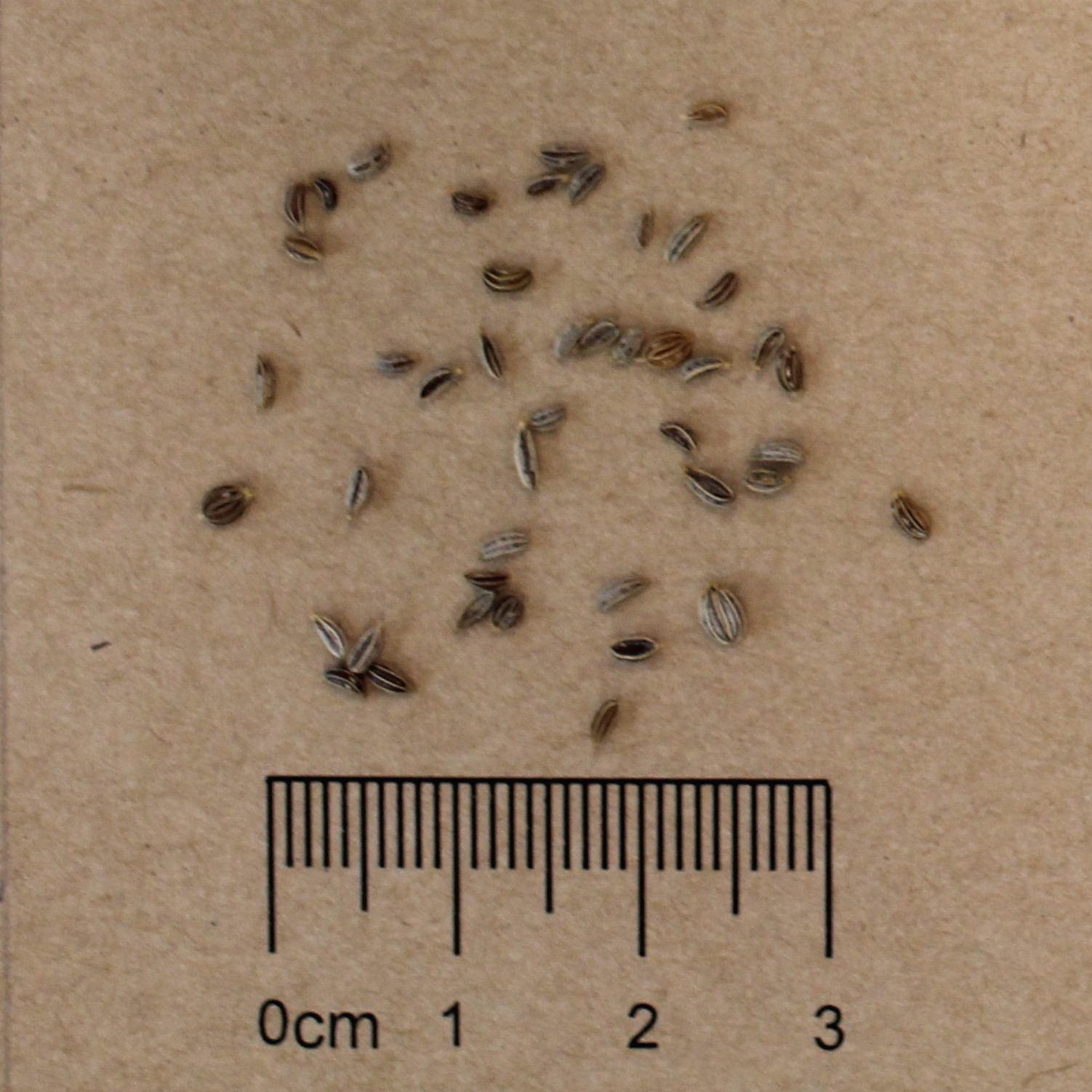
Seed Saving Guide: Parsley (Petroselinium crispum)
A guide on how to save Parsley seeds; including pollination type, isolation distance, when to harvest and best cleaning methods. View guide.
More Related Content
-
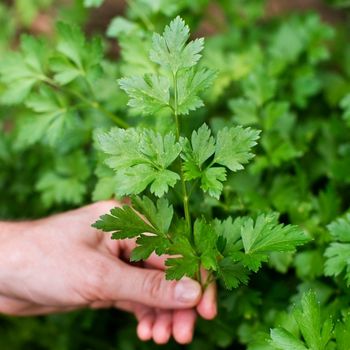
Growing and Using Parsley: From Seed to Plate
Parsley is a versatile herb that can be grown easily in any garden. Parsley can add a fresh and flavorful element to your dishes while also providing nutritional benefits. Try growing parsley in your garden today. Read article.

